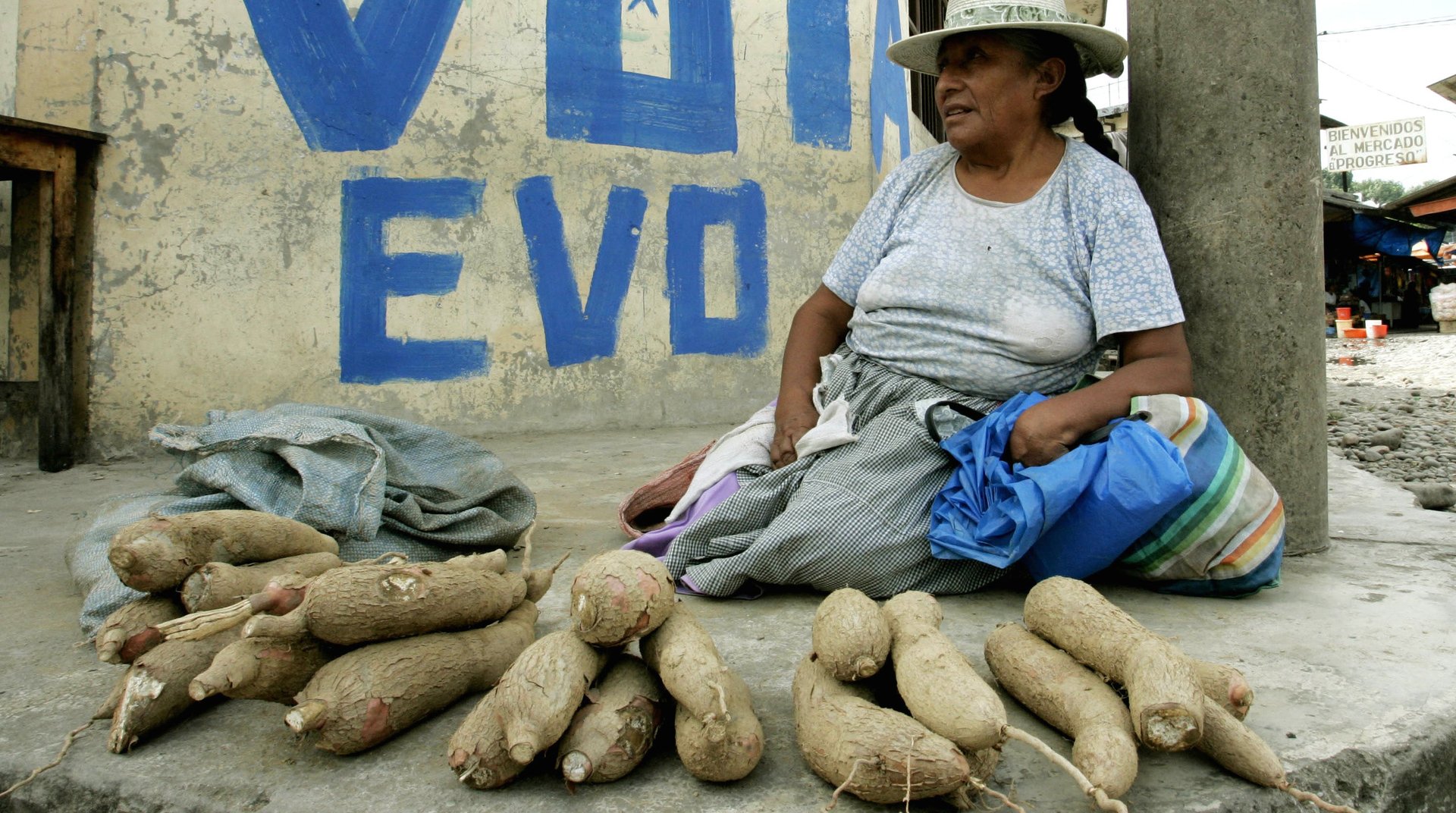A monotonous diet isn’t just boring, it’s dangerous
As we approach World Health Day on April 7, the theme of the World Health Organization’s campaign is food safety. But in poverty stricken regions of the world, the food safety challenge is that diets are often monotonous, consisting primarily of carbohydrates from one or two starchy food sources.


As we approach World Health Day on April 7, the theme of the World Health Organization’s campaign is food safety. But in poverty stricken regions of the world, the food safety challenge is that diets are often monotonous, consisting primarily of carbohydrates from one or two starchy food sources.
When humans rely almost single-handedly on a single staple crop, not only are there nutritional deficiencies, but any toxins that naturally occur in that crop will accumulate in the body, causing harmful health effects.
Certain crops that are common in the diets of poor populations worldwide, such as corn and cassava, can be compromised due to naturally occurring foodborne toxins. These toxins may be produced directly by the plant, found in contaminated soil or irrigation water, or by organisms such as fungi colonizing the crop.
In subsistence farming communities worldwide, where people directly eat what they grow or buy from local markets, toxins are rarely ever monitored. As a result, foodborne toxins are often consumed unknowingly at varying concentrations, and children are often at highest risk from adverse health effects.

Diversifying diets and agriculture within low-income populations could provide a cost effective and sustainable means to dilute chronic exposure to such toxins.
Two natural foodborne toxins examined by my research team are aflatoxin, produced by Aspergillus fungi that infect corn and peanuts in hot climates, and cyanogenic glycosides found in cassava.
Aflatoxins are directly responsible for thousands of liver cancer cases in Africa and Asia annually, and increase liver cancer risk for hepatitis B patients. These toxins also impair the immune system and stunt children’s growth.
Pre- and post-harvest aflatoxin mitigation strategies, as well as dietary additives to bind ingestion aflatoxin, are often expensive and unsustainable. However, in Qidong, China, a former aflatoxin “hotspot,” 1 in 10 men succumbed to liver cancer by age 45 prior to market reforms of the 1980s. Following increased trade with neighboring counties, residents of Qidong replaced corn with rice in the diet, and the liver cancer mortality rate was nearly cut in half over the next 30 years. This finding demonstrated that changing the diet to include foods that contain lower toxin levels may substantially improve public health.
Diet diversification not only reduces intake of these toxins but may also provide nutrients that counteract the negative affects of the toxin. This is likely to be the case in communities that consume large amounts of bitter cassava. Adhering to traditional preparation methods of sun drying and/or soaking cassava for 2-3 days reduces cyanogenic glycosides to safe levels.
Without proper preparation, which occurs during food shortages, cassava cyanide can cause neurocognitive and neuromuscular problems, including a condition of permanent paralysis called “konzo.” Increasing dietary sulfur amino acids, which aid in cyanide detoxification in the body, reduces the risk of konzo. A diverse diet less dependent on cassava and richer in sulfur amino acids found in eggs, dairy, meat and legumes can reduce cyanide poisoning.
Promoting nutritional diversity, thus reducing toxin exposure and counteracting toxicity, is easier said than done. In many populations, a staple food crop is innately tied to culture.
To economically reduce chronic exposure to foodborne toxins in a manner that is culturally sensitive and accepted, we need to do the following. There need to be changes to food policy, public health and education programs for farmers that encourage greater diversity of foods in diets, and reduce the proportion of foods that are known to contain naturally occurring toxins. Also we need to further educate people that reliance on a single food source may have health ramifications.
Ideally, through these efforts, we can honor food traditions while increasing agricultural biodiversity, promoting trade and maintaining a stable, yet diverse food supply in low-income regions.